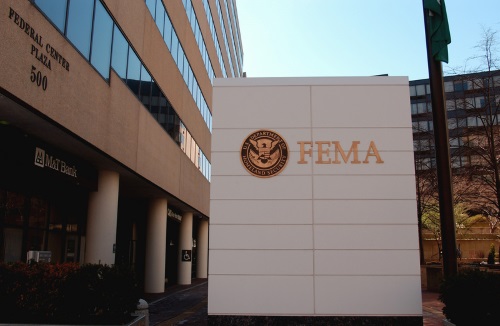The Federal Emergency Management Agency has issued a 59-page document that provides Federal, state, local, tribal, and territorial or SLTT officials – along with those of private sector and non-governmental organizations (NGO) – guidance on how to respond to both the COVID-19 pandemic and hurricanes simultaneously.
“As SLTT partners continue to prepare for hurricane season and other emergent incidents, emergency managers should review and adjust existing plans – including continuity of operations (COOP) plans – to account for the realities and risks of COVID-19 in their prioritization of life-saving and life-sustaining efforts,” FEMA said in the document.” All reviews and adjustments to plans should factor-in FEMA’s planned operational posture, social distancing measures, CDC [Centers for Disease Control] guidance, and SLTT public health guidance.”
To ensure that operational decisions are made at the lowest level possible, FEMA is organizing to prioritize resources and adjudicate accordingly, if needed:
- At the incident level, Federal Coordinating Officers (FCO – in consultation with regional Administrators – will work to address incident requirements using available resources. FCOs will proactively manage and identify risks and communicate new requirements to Regional Response Coordination Center or RRCCs as they arise.
- At the regional level, the RRCCs will coordinate with FEMA personnel deployed to SLTT emergency operation centers and adjudicate resource requests until operational control is ready to be transitioned to the FCO at the incident level, when designated, and will adjudicate resources within their area of operation and coordinate with other RRCCs and the National Response Coordination Center (NRCC) as required.
- At the national level, the NRCC will coordinate with the regions on requirements and adjudicate resources to address national priorities.

